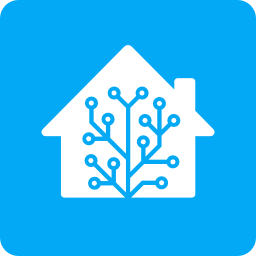

Are there any plans to make a Flatpak version of this? I’ve moved to an immutable OS and none of the options you have will install. Flatpaks are their preferred method. I know I could self host my own version which may be what I may end up doing anyway, but I’d prefer to have it more local yet another docker container. :)
Edit: I just went with the Appimage which works.







As a 16 yr old I started running my own BBS on a 1200bps external modem on an Older Atari 800xl computer (1990) It was a completely new world for me. :) I later upgraded to a 14400 buad external modem for the max and that was when modems peaked at 38400 baud. I was an Atari geek so naturally when I had the 14400, I ran it on an Atari 520ST computer.
I still remember the days of being a SYSOP and the exhilaration in talking with other people from across the country who would dial in and have a nice one-on-one convo. It didnt’ last too long though, I got married shortly after high school and out went the BBS. But it wasn’t so bad, because at that time, the Net was starting to take off and out went the BBS’s around the world. There are many out there via telnet if you can find a directory, they are a fun trip back in time. :)